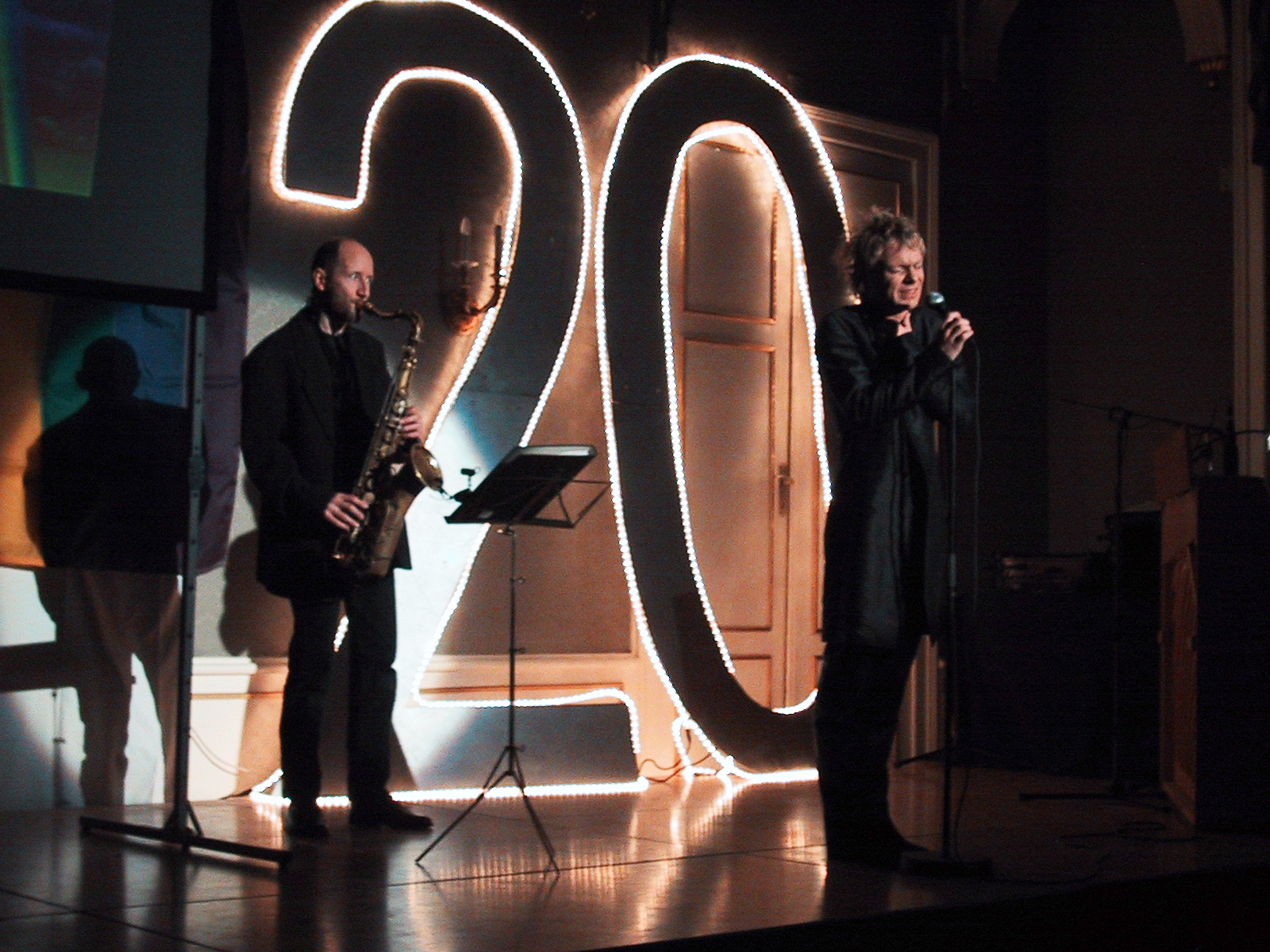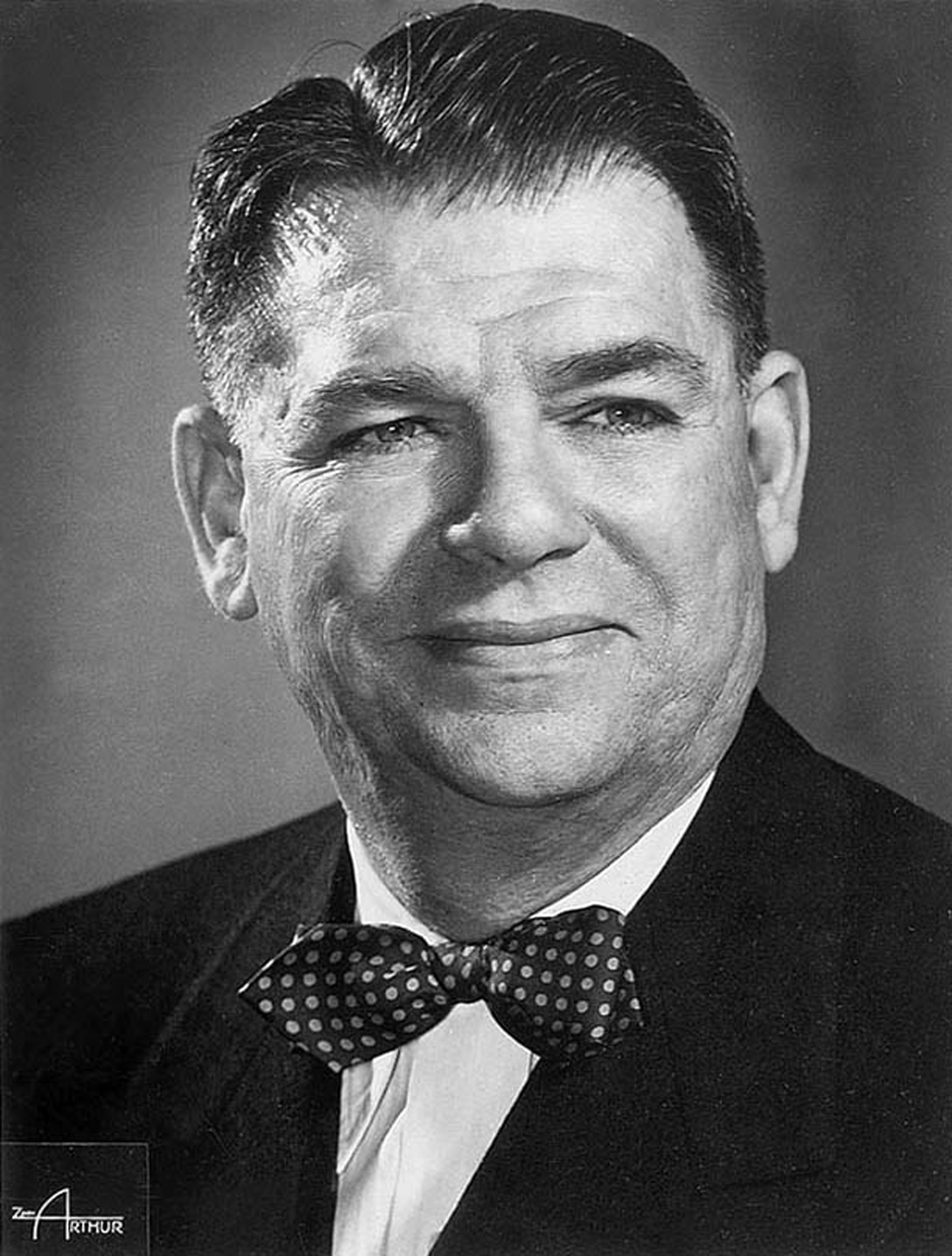|
Karl M. Sibelius
Karl M. Sibelius (born 18 July 1969) is an Austrian cultural manager, actor, singer and theatre director. From 2012 to 2015, he was artistic director at the Theater an der Rott in Eggenfelden, Lower Bavaria. From August 2015 to November 2016, he was general director with overall artistic, commercial and personnel responsibility at the Theater Trier. Education Born in Bregenz, Sibelius grew up in Carinthia, attended the Bundesoberstufenrealgymnasium (musical branch) there and then studied musical entertainment theatre and singing in Vienna at the Konservatorium Wien Privatuniversität. He holds a Master of Arts in Peace and Conflict Studies from the European Peace University, a degree in Cultural Institutions Studies, cultural manager from the University of Vienna, an Executive Master of Art Administration from the University of Zurich and a Ph.D., Doctor of Philosophy (title of doctoral thesis: Orchestra Projects – Instruments of Social Change). of the University of Art and D ... [...More Info...] [...Related Items...] OR: [Wikipedia] [Google] [Baidu] |
Johann Nestroy
Johann Nepomuk Eduard Ambrosius Nestroy (; 7 December 1801 – 25 May 1862) was a singer, actor and playwright in the popular Austrian tradition of the Biedermeier period and its immediate aftermath. He participated in the 1848 revolutions and his work reflects the new liberal spirit then spreading throughout Europe. Career Nestroy was born in Vienna, where he was a law student from 1817 to 1822, before abandoning his studies to become a singer. He joined the Theater am Kärntnertor, beginning with Sarastro in '' The Magic Flute'' on 24 August 1822. After a year of singing in Vienna, he went to Amsterdam where he appeared in baritone roles for two years at the local German Theatre. From 1825 to 1831 he accepted engagements to sing and act in Brünn, Graz, Pressburg, Klagenfurt, Vienna and Lemberg. He then returned to his native Vienna and started to write and continued to perform. Nestroy's career as a playwright was an immediate success: his 1833 play ''Der böse Geist ... [...More Info...] [...Related Items...] OR: [Wikipedia] [Google] [Baidu] |
Münchner Volkstheater
Münchner Volkstheater, or Munich People’s Theater, is a company based in the Bavarian capital and operated by the cultural office of the city government. Its original performing home opened in 1903. This was rebuilt in 1955, in 1983 and finally in 2021. It now can hold over 800 spectators. Since 2002, Christian Stückl has served as the company’s Intendant. Old building In 1903, the architects Gerstenecker and Tittrich in the Josephspitalstraße in the district Altstadt-Lehel, designed and built a reinforced concrete constructed building. It opened with Schiller's ''Kabale und Liebe'' (''Intrigue and Love''). It had about 1000 seats. Then actress Elise Aulinger received her first theatre engagement here. The first performance took place on 10 November 1903. The manager initially was actor Ernst Schrumpf. Administratively, Wilhelm Braun assisted him. A report in the Munich Ratsch-Kathl from November 16, 1904, it can be seen that the theater had already gained recognition ... [...More Info...] [...Related Items...] OR: [Wikipedia] [Google] [Baidu] |
Theater In Der Josefstadt
The Theater in der Josefstadt is a theater in Vienna in the eighth district of Josefstadt. It was founded in 1788 and is the oldest still performing theater in Vienna. It is often referred to colloquially as simply ''Die Josefstadt''. Following remodeling and rebuilding in 1822 — celebrated by the performance of the overture '' Die Weihe des Hauses'' ('Consecration of the House') by Beethoven — opera was staged there including Meyerbeer and Wagner. From 1858 onwards the theatre gave up opera and instead concentrated on straight theatre and comedy. Major figures in musical and theatrical history connected with the house *Ludwig van Beethoven and Richard Wagner conducted there. *Johann Nestroy and Ferdinand Raimund were connected to the theater as actors and poets. *Johann Strauss I performed in the Sträußelsälen. *In 1814, Ferdinand Raimund had his Vienna debut as Franz Moor in '' Die Räuber'' by Friedrich Schiller. *In 1822, '' Die Weihe des Hauses'' composed and direct ... [...More Info...] [...Related Items...] OR: [Wikipedia] [Google] [Baidu] |
Schauspielhaus Wien
Schauspielhaus Wien is a theatre in Vienna, Austria, located at 19 Porzellangasse in the 9th District of Vienna (Alsergrund). Tomas Schweigen has been the artistic director since 1 July 2015. The current ensemble is made up of three actresses and four actors from five European countries. History The history of the theatre extends back to the beginning of the 20th century, when there was a variety club located in the basement of 19 Porzellangasse. This was later adapted into one of Vienna's first cinemas and operated from 1913 to 1975 under the names ''Heimat-Kino'' ("Home Cinema") and ''Citta 2000'' (including a period during the Third Reich where it was cleared of non- Aryan control). In the last year of its existence, it held seating for 597 people. 1979–1986 The actual theatre opened on 4 May 1978 with Jean Genet's play ("The Balcony") following its renovation by Hans Gratzer (1941 in Vienna Neustadt – 2005 in Rainfeld), leader of the theatre group ("Workshop") which ... [...More Info...] [...Related Items...] OR: [Wikipedia] [Google] [Baidu] |
Premiere
A première, also spelled premiere, is the debut (first public presentation) of a play, film, dance, or musical composition. A work will often have many premières: a world première (the first time it is shown anywhere in the world), its first presentation in each country, and an online première (the first time it is published on the Internet). When a work originates in a country that speaks a different language from that in which it is receiving its national or international première, it is possible to have two premières for the same work in the same country—for example, the play '' The Maids'' by the French dramatist Jean Genet received its British première (which also happened to be its world première) in 1952, in a production given in the French language. Four years later, it was staged again, this time in English, which was its English-language première in Britain. History Raymond F. Betts attributes the introduction of the film premiere to showman Sid Grauma ... [...More Info...] [...Related Items...] OR: [Wikipedia] [Google] [Baidu] |
Song And Dance
''Song and Dance'' is a musical comprising two acts, one told entirely in "Song" and one entirely in " Dance", tied together by a unifying love story. The "Song" act is '' Tell Me on a Sunday'', with lyrics by Don Black and music by Andrew Lloyd Webber, about a young British woman's romantic misadventures in New York City and Hollywood. The "Dance" act is a ballet choreographed to ''Variations'', composed by Andrew Lloyd Webber for his cellist brother Julian, which is based on the A Minor Caprice No. 24 by Paganini. Background The ''Song'' portion was written specifically for Marti Webb, and presented at the Sydmonton Festival in the summer of 1979. It was subsequently recorded and aired as a one-hour television special by the BBC the following January. The ''Dance'' portion was recorded in 1978, and nearly became incorporated into ''Cats''. The opening sequence was utilized as the theme music for London Weekend Television's '' South Bank Show''. Producer Cameron Mack ... [...More Info...] [...Related Items...] OR: [Wikipedia] [Google] [Baidu] |
Ong Keng Sen
Ong Keng Sen (born 20 November 1963; ) is a Singaporean director of the theatre group TheatreWorks, which was founded in 1985. Early life Ong Keng Sen was youngest of six children born to immigrants from Putian, China. Ong joined the drama club at Anglo-Chinese Primary School and went on to serve as president of the Varsity Playhouse of the National University of Singapore as he was studying law. A trained lawyer, he completed his pupillage at Singapore law firm Lee & Lee. Ong is also Fulbright scholar who studied intercultural performance with the Performance Studies Department at Tisch School of the Arts, New York University. Theatre career Theatre Ong took on the post of artistic director of theatre group TheatreWorks in 1988. He was involved with the production of comedies such as ''Beauty World'' and ''Army Daze''. His local productions include Destinies of Flowers in the Mirror and Descendants of the Admiral Eunuch. Ong was the director of Singapore International Fest ... [...More Info...] [...Related Items...] OR: [Wikipedia] [Google] [Baidu] |
The Good Person Of Szechwan
''The Good Person of Szechwan'' (german: Der gute Mensch von Sezuan, first translated less literally as ''The Good Man of Setzuan'') is a play written by the German dramatist Bertolt Brecht, in collaboration with Margarete Steffin and Ruth Berlau. The play was begun in 1938 but not completed until 1941, while the author was in exile in the United States. It was first performed in 1943 at the Zürich Schauspielhaus in Switzerland, with a musical score and songs by Swiss composer Huldreich Georg Früh. Today, Paul Dessau's composition of the songs from 1947–48, also authorized by Brecht, is the better-known version. The play is an example of Brecht's " non-Aristotelian drama", a dramatic form intended to be staged with the methods of epic theatre. The play is a parable set in the Chinese "city of Sichuan". Themes Originally, Brecht planned to call the play ''The Product Love'' (''Die Ware Liebe''), meaning "love as a commodity". This title was a play on words, since the Ge ... [...More Info...] [...Related Items...] OR: [Wikipedia] [Google] [Baidu] |
The Demon Barber Of Fleet Street
''Sweeney Todd: The Demon Barber of Fleet Street'' (often referred to simply as ''Sweeney Todd'') is a musical play with music and lyrics by Stephen Sondheim and a book by Hugh Wheeler. It is based on the 1973 play of the same name by Christopher Bond. The character of Sweeney Todd first appeared in a Victorian penny dreadful titled ''The String of Pearls'' (1846-7). ''Sweeney Todd'' opened on Broadway in 1979 and in the West End in 1980. It won the Tony Award for Best Musical and Olivier Award for Best New Musical. It has been revived in many productions as well as inspiring a film adaptation. The original logo for the musical is a modified version of an advertising image from the 19th century, with the sign replaced by a straight razor. There is also a woman wearing a blood-stained dress and holding a rolling pin next to the man. Background The character Sweeney Todd originated in serialized Victorian popular fiction, known as penny dreadfuls. A story called ''The Str ... [...More Info...] [...Related Items...] OR: [Wikipedia] [Google] [Baidu] |
Stephen Sondheim
Stephen Joshua Sondheim (; March 22, 1930November 26, 2021) was an American composer and lyricist. One of the most important figures in twentieth-century musical theater, Sondheim is credited for having "reinvented the American musical" with shows that tackle "unexpected themes that range far beyond the [genre's] traditional subjects" with "music and lyrics of unprecedented complexity and sophistication." His shows address "darker, more harrowing elements of the human experience," with songs often tinged with "ambivalence" about various aspects of life. He was known for his frequent collaborations with Hal Prince and James Lapine on the Broadway theatre, Broadway stage. Sondheim's interest in musical theater began at a young age, and he was mentored by Oscar Hammerstein II. He began his career by writing the lyrics for ''West Side Story'' (1957) and ''Gypsy (musical), Gypsy'' (1959). He transitioned to writing both music and lyrics for the theater, with his best-known works inclu ... [...More Info...] [...Related Items...] OR: [Wikipedia] [Google] [Baidu] |


.jpg)
.jpg)

